Sign #5 Your Business Can't Run Without You
Build operations that run without you being the single point of failure. Learn how successful business owners create systems that handle routine decisions automatically, freeing them to focus on strategy and growth instead of daily fire-fighting.
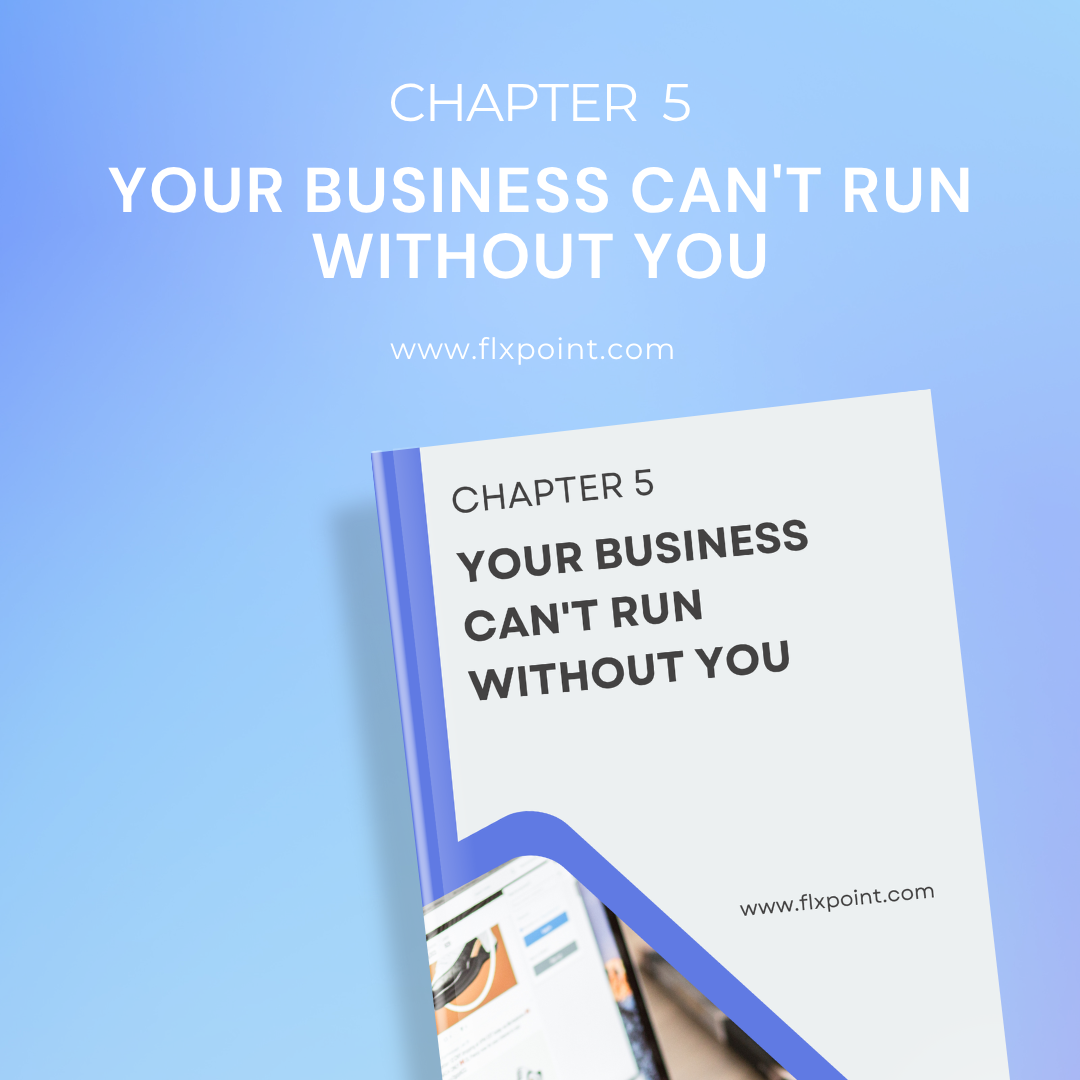
The ultimate test of operational maturity is simple: Can your business run smoothly when you're not there? If the thought of taking a real vacation—phone off, truly disconnected—fills you with anxiety about what might go wrong, you've identified the most critical sign that manual operations are constraining your business.
Being afraid to step away isn't just about work-life balance. It's a clear indicator that your business depends too heavily on your personal involvement in day-to-day operations, creating both a growth ceiling and a significant risk factor.
When You're the Single Point of Failure
Every business owner starts as the person who knows everything and handles everything. In the early days, this hands-on approach was necessary and effective. But as your business grows, remaining the single point of failure becomes dangerous for both your company and your personal well-being.
Single points of failure manifest in various ways. Maybe you're the only person who knows how to handle complex supplier issues. Perhaps you're the go-to person for pricing decisions across multiple channels. Or you might be the only one who understands the intricacies of your inventory management across different warehouses and suppliers.
The problem compounds when these dependencies span multiple critical functions. You become not just important to operations, but essential for basic function. The more your business grows, the more it depends on you — exactly when it should be learning to run without you. Consider the daily decisions that probably flow through you: Which supplier should fulfill a rush order? How should pricing respond to competitive pressure? What happens when a major supplier runs out of stock? If these decisions require your personal input, your business can't operate effectively when you're unavailable.
The stress of being indispensable is often underestimated. When vacation means constant phone calls and email checking, you're not really taking time off. The mental load of knowing everything could fall apart without your oversight creates chronic stress that impacts both decision-making quality and personal health.
Building Operations That Run Without You
The transition from indispensable operator to strategic leader requires systematizing the knowledge and decision-making processes that currently depend on your personal involvement. This doesn't happen overnight, but it's essential for building a scalable, valuable business.
Armor Empire's transformation illustrates this evolution perfectly. Eric Stanton started by manually uploading CSV files from suppliers every week to manage inventory. As he implemented automation through Flxpoint, he transformed from someone who had to personally handle every operational detail to someone who could "run this whole website with Flxpoint and an assistant."
The key insight from his experience is that automation doesn't just reduce workload: it creates operational independence. When inventory updates happen automatically, when order routing follows systematic rules, and when supplier integrations run without manual intervention, the business functions regardless of whether the owner is personally available.
This operational independence enables strategic thinking. Instead of spending time on routine tasks that automation can handle, you can focus on activities that actually require human judgment and leadership: building partnerships, analyzing market trends, developing new product strategies, and planning for growth.
The Freedom Framework
Building operations that don't depend on your constant presence requires a systematic approach that addresses both the technical and organizational aspects of your business.
Document Decision Logic
Start by identifying the types of decisions you make most frequently. These might include supplier selection criteria, pricing adjustment rules, inventory reorder points, or customer service escalation guidelines. Document not just what decisions you make, but the logic behind why you make them.
Automate Routine Decisions
Once decision logic is documented, look for opportunities to automate routine choices. Modern ecommerce automation platforms can handle complex routing decisions based on criteria like cost, shipping speed, inventory availability, and geographic proximity. These automated decisions often outperform manual choices because they consistently apply optimization logic without fatigue or oversight.
Create Escalation Protocols
Not every decision can or should be automated, but most can be systematized. Create clear protocols for when automated systems should escalate decisions to human review, and ensure multiple team members understand these protocols. This prevents you from being the default escalation point for every unusual situation.
Build Redundancy
Avoid creating new single points of failure as you systematize operations. Make sure multiple people understand key processes, have access to necessary systems, and can make decisions within defined parameters. This redundancy ensures operations continue smoothly even when team members are unavailable.
Test Independence Regularly
The only way to know if your systems truly work without you is to test them. Start with short periods of disconnection—a weekend, then a few days—to identify gaps before they become problems during longer absences.
The Confidence of Systematic Operations
When operations run systematically rather than manually, taking time off becomes a confidence-building exercise rather than a stress-inducing risk.
You know that order routing happens automatically based on intelligent rules. Inventory updates continuously without manual intervention. Customer issues follow documented protocols for resolution.
This confidence extends beyond personal time off to business growth opportunities. When you're not essential for daily operations, you can pursue strategic initiatives that require extended focus: developing new partnerships, exploring new markets, or building additional revenue streams.
Systematic operations also create a more valuable business. Companies that depend on founder involvement for basic function are difficult to scale, hard to manage, and challenging to sell. Businesses with documented processes and automated operations are more attractive to investors, partners, and potential acquirers.
The Wildflower Group exemplifies this transition. By implementing systematic automation through Flxpoint, they freed up "at least a day's worth of time per week across operational, customer service, and other manual processes." This time savings allowed them to focus on strategic growth rather than operational maintenance.
Freedom Through Automation
True business freedom comes not from working more hours or being more involved, but from building systems that work without your constant oversight. This freedom has multiple dimensions that compound over time.
- Strategic Freedom: Your time and energy can focus on high-value activities that grow the business rather than maintaining day-to-day operations.
- Growth Freedom: The business can scale beyond what you can personally manage because systems handle increasing complexity automatically.
- Financial Freedom: Systematic operations create more valuable, more profitable businesses that don't depend on founder involvement for basic function.
The path to this freedom requires systematizing the operational knowledge you've accumulated through experience. Your insights about supplier performance become automated routing rules.
Your understanding of customer preferences becomes systematic personalization. Your expertise becomes your company's competitive advantage rather than its constraint.
Building Your Exit Strategy
Whether you plan to sell your business, bring in partners, or simply step back from daily operations, building systems that work without you is essential. This isn't just about succession planning—it's about creating a business that can thrive and grow regardless of your level of personal involvement.
The businesses that achieve successful exits or transitions are those that have systematized their operations effectively. Buyers and partners want businesses they can understand and operate without depending on specific individuals for specialized knowledge or decision-making.
Starting this transition now, while you're actively involved, allows you to systematize your expertise while maintaining operational continuity. The alternative—waiting until you need to step back—creates unnecessary risk and often results in less systematic, less effective solutions.
Ready to build a business that runs without you? You’ve built something great — now make it effortless. Flxpoint automates your operations, so your business runs smoothly without you. That’s freedom worth scaling.
Flxpoint's comprehensive automation platform handles inventory management, order routing, supplier integrations, and operational workflows automatically. Free yourself from daily operational tasks so you can focus on strategic growth and actually enjoy your time off. [Discover how Flxpoint] can give you the freedom to lead rather than manage.
Flxpoint – Powerful Dropship and Ecommerce Automation Platform
All Chapters in This Guide
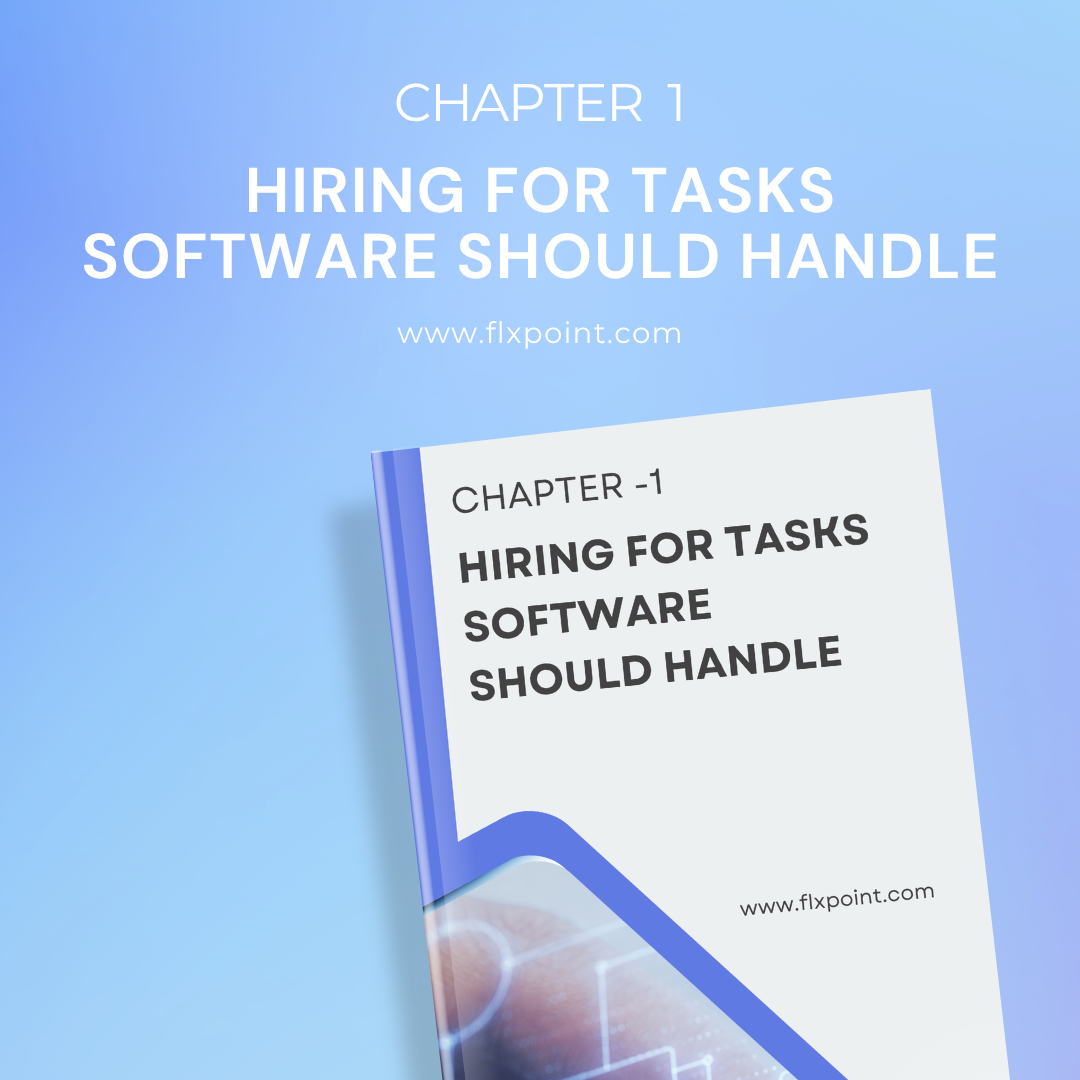
We break down the hidden costs of manual labor and show you the real ROI calculation that's driving smart businesses toward automation. Learn why hiring another person to update inventory or route orders is actually the most expensive solution.
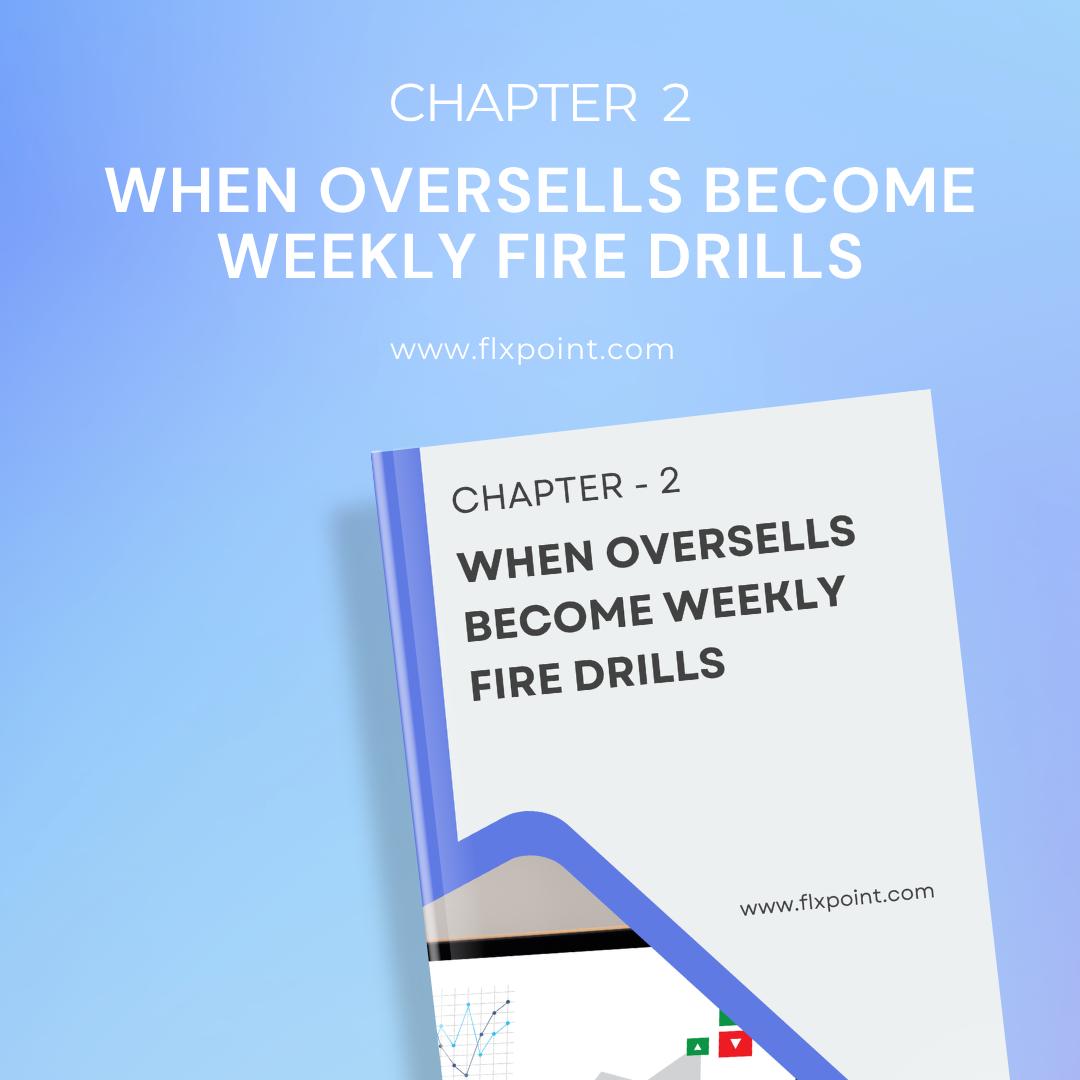
Discover why manual inventory updates always lag behind reality and how this creates expensive customer service problems. We reveal the true cost of oversells (hint: it's much higher than you think) and show you how automated inventory sync eliminates 94% of stockout issues in the first month.
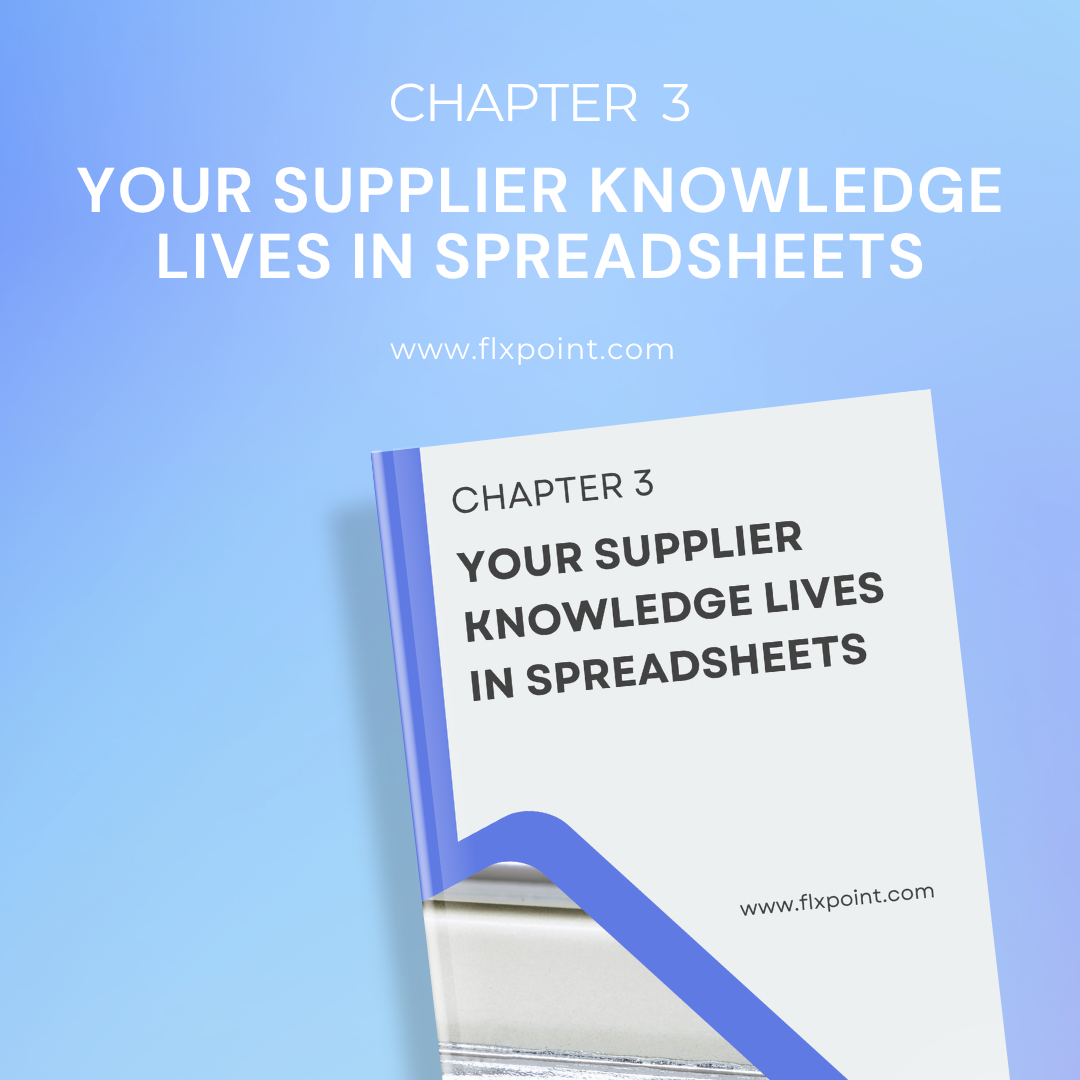
Transform your supplier intelligence from tribal knowledge into automated decision-making. Learn how to capture performance data, pricing trends, and shipping patterns that can automatically route orders to the best supplier for each situation. Stop being the bottleneck in your own supply chain.
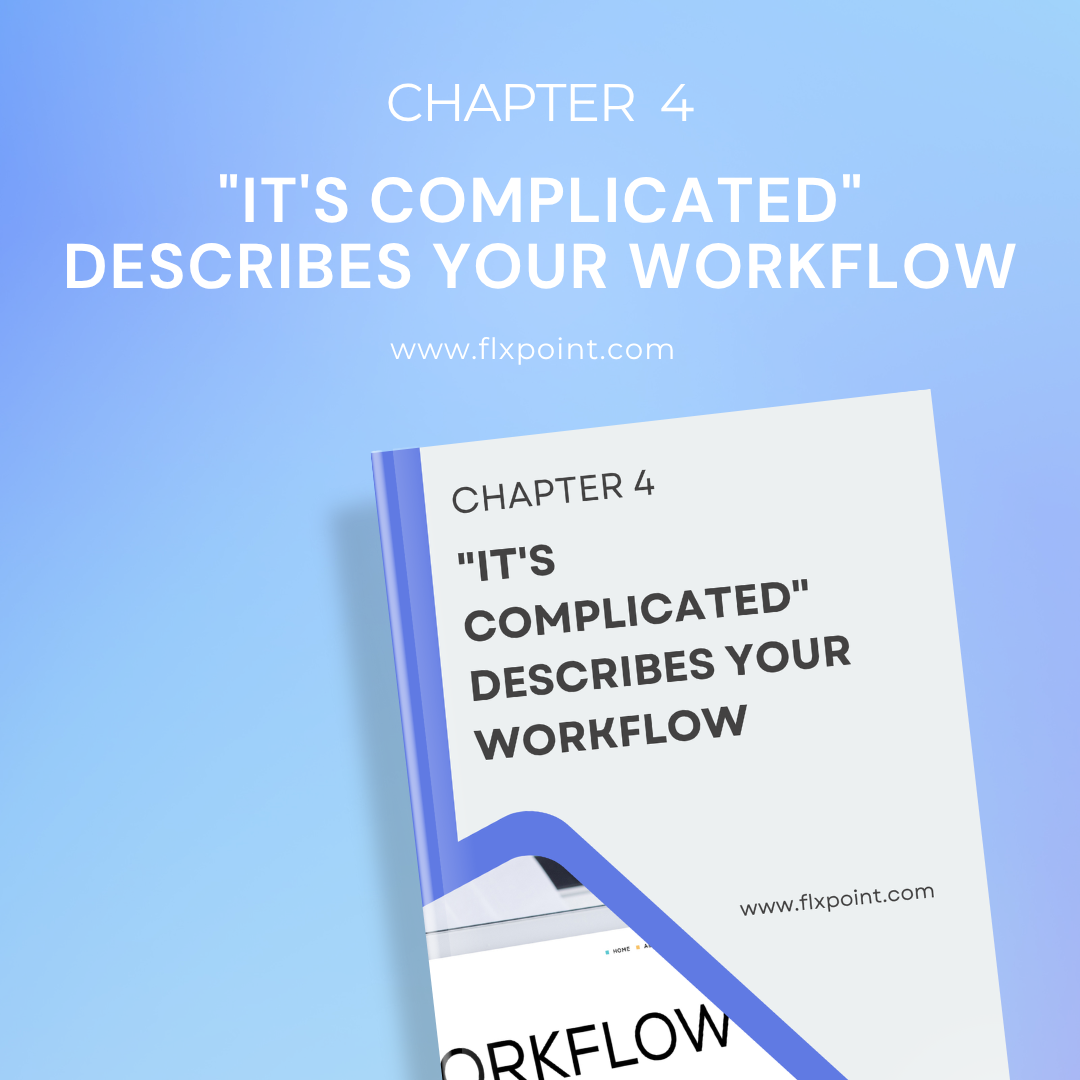
Simplify operations that have grown organically complex. We show you how to identify workflow complexity that's killing productivity and replace it with simple, automated rules. Discover why the best operations can be explained in three sentences while manual processes require 20-minute explanations.
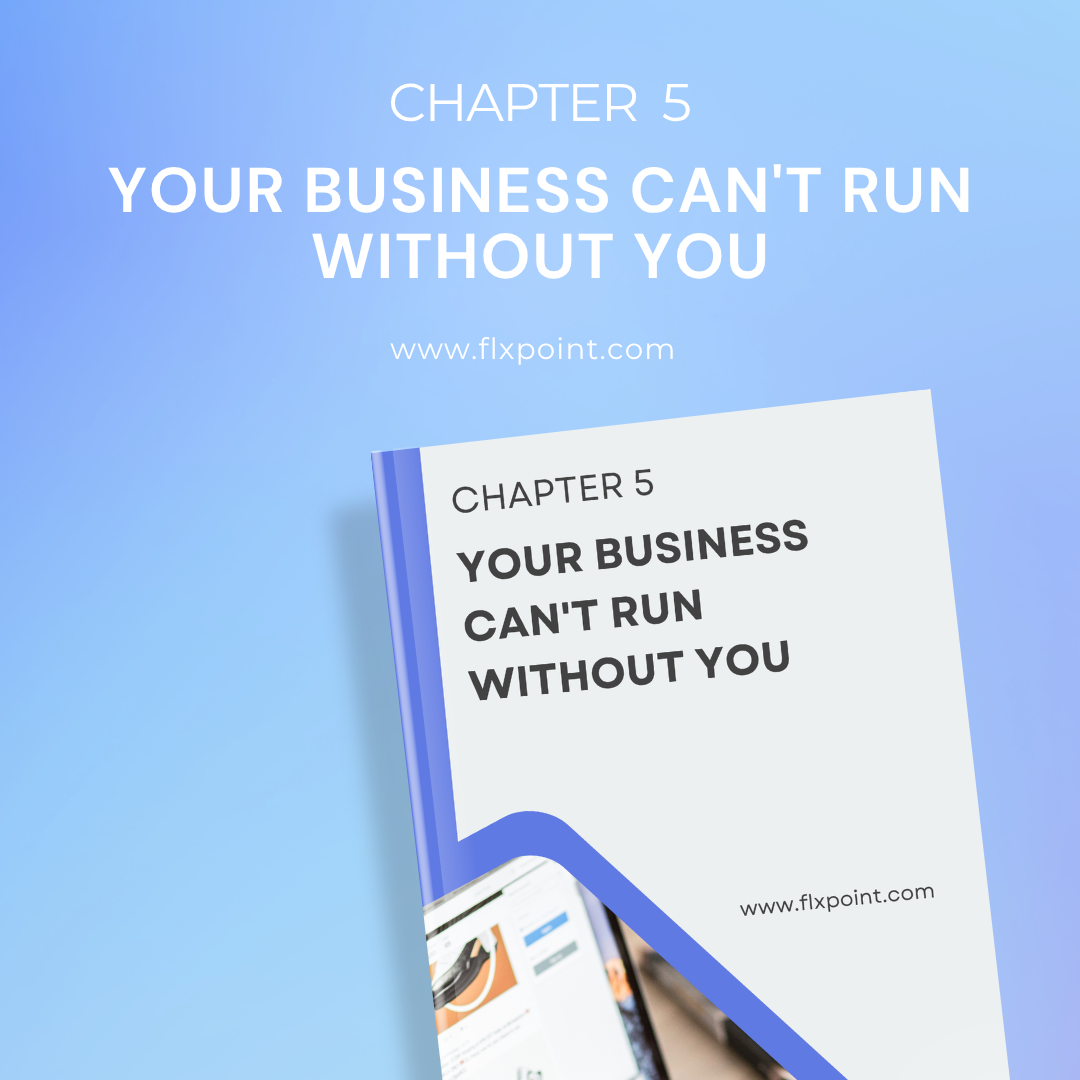
Build operations that run without you being the single point of failure. Learn how successful business owners create systems that handle routine decisions automatically, freeing them to focus on strategy and growth instead of daily fire-fighting.
Kenneth Cole's Smart Savings With Shopify EDI Connections
"They had never used Flxpoint before. But working with [the Flxpoint] team, they learned it and we're about to onboard our newest footwear partner, and you know that's big business for us.”
Mitul PatelKenneth Cole


How Flxpoint Helped Rifle Supply Automate & Grow
“I went line by line… whatever the inventory number was and cost value was, I calculated it and was blown away by how much that was worth— $300 million worth of product that I added to our web store.”
Chris MekdaraRifle Supply


The Ecommerce Automation Behind Screen Skinz
"Automation is the key to maximizing your volume. [Flxpoint] comes right into our flow — everything's automated. We want it to be quick and efficient. So that's what we love about Flxpoint."
Shaun Brown & Clay CanningScreenSkinz


How Inhaven Transformed Vendor Management with Flxpoint
"We ended up switching to Flxpoint, and it has been a much smoother process. Where it took us six months to get onboarded with the other company, we were up and running in a week or two with Flxpoint."
Ashley ChingInhaven


How Black Patch Performance Scaled Smarter with Flxpoint
"The only way to actually scale was to go through Flxpoint… You can’t even come close to hiring someone to do what Flxpoint does for the price."
Jonathan WilliamsBlack Patch Performance


